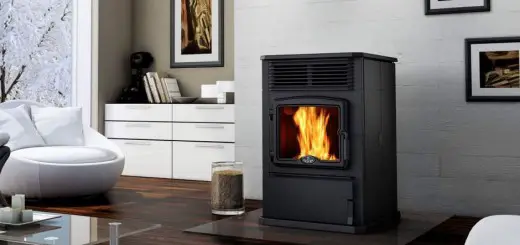Attic Thermal Insulation – Brief Guide to Enhanced Comfort
The attic is probably the sector of a home which has the best potential in terms of improving the overall energetic efficiency. It is proven that up to 30 pr cent of the thermal loss in a house happens through the attic. This is qhy attic thermal insulation is very important for those seeking both comfort and financial savings. Here is more on attic thermal insulation.
Radiant barriers are installed in homes — usually in attics — primarily to reduce summer heat gain and reduce cooling costs. The barriers consist of a highly reflective material that reflects radiant heat rather than absorbing it. They don’t, however, reduce heat conduction like thermal insulation materials.
Most common insulation materials work by slowing conductive heat flow and — to a lesser extent — convective heat flow. Radiant barriers and reflective insulation systems work by reducing radiant heat gain. To be effective, the reflective surface must face an air space. Dust accumulation on the reflective surface will reduce its reflective capability. The radiant barrier should be installed in a manner to minimize dust accumulation on the reflective surface.
Radiant barriers consist of a highly reflective material, usually aluminum foil, which is applied to one or both sides of a number of substrate materials such as kraft paper, plastic films, cardboard, oriented strand board, and air infiltration barrier material. Some products are fiber-reinforced to increase durability and ease of handling.
Radiant barriers can be combined with many types of insulation materials in reflective insulation systems. In these combinations, radiant barriers can act as the thermal insulation’s facing material. A radiant barrier’s effectiveness depends on proper installation, so it’s best to use a certified installer. If you choose to do the installation yourself, carefully study and follow the manufacturer’s instructions and safety precautions and check your local building and fire codes. The reflective insulation trade association also offers installation tips.
It’s easier to incorporate radiant barriers into a new home, but you can also install them in an existing home, especially if it has an open attic. In a new house, an installer typically drapes a rolled-foil radiant barrier foil-face down between the roof rafters to minimize dust accumulation on the reflective faces (double-faced radiant barriers are available). This is generally done just before the roof sheathing goes on, but can be done afterwards from inside the attic by stapling the material to the bottom of the rafters.
When installing a foil-type barrier, it’s important to allow the material to “droop” between the attachment points to make at least 2.5 cm air space between it and the bottom of the roof. Foil-faced plywood or oriented strand board sheathing is also available.
Sources: Energy.gov, Eficasa.ro


















